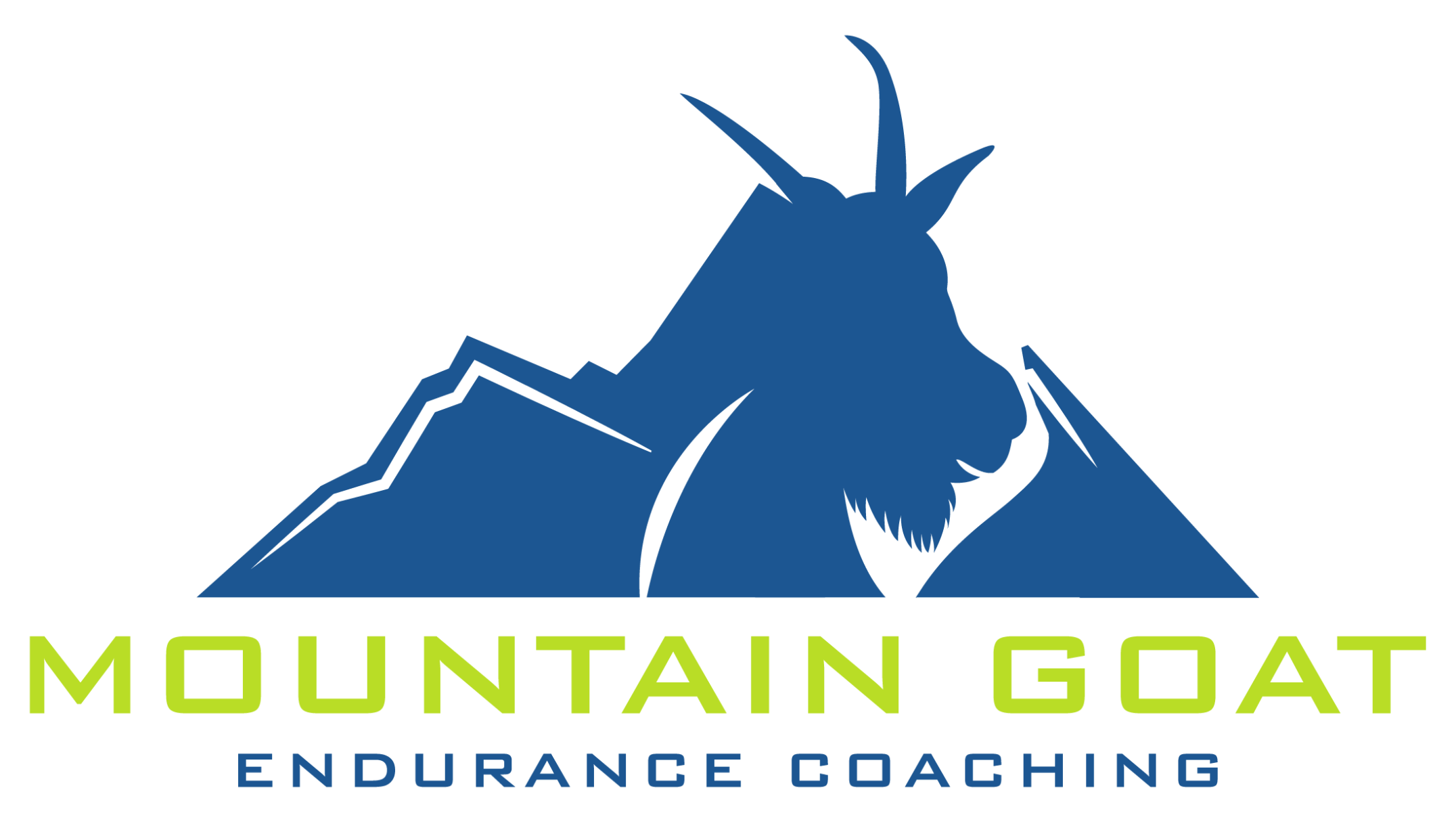On Tuesday, I started writing what I thought would be a quick email about how strength training supports getting faster…
And true to form, it ended up being part one of a multi-part series on how you can become a faster runner.
So here’s part two:
Speed work.
If you want to get faster, speed work is important.
And while that might seem like a “duh” kind of statement, I think it needs to be said.
A lot of people on the internet downplay the importance of speed work.
And for good reason.
Speed work is more intense than easy running and as such, it comes with a slightly higher risk.
If you’re new to running or you don’t recover very quickly (i.e., you’re not in your mid-20s anymore and/or you have a decently long history of injuries…), then we should probably proceed with a bit of caution.
Yet that doesn’t mean we should avoid it altogether.
The fitness industry has a long history of choosing to tell people “no” rather than taking the time to teach nuance and proper execution.
If you’re looking for black and white answers, I’m not your guy.
But if you want to take the time to learn to do something well, then I’m here for you.
At the end of the day, you will get faster by running faster.
That shouldn’t be very controversial.
That doesn’t mean all of your runs should be done at a mile race pace.
It just means we should learn to integrate some speed work into your weekly training.
For most people, we should probably be doing one dedicated speed session per week.
That session could be focused on a few different things, from increasing your VO2 Max to working on lactate clearance to dialing in your race pace.
Or maybe a combination those things.
Depending on your race and your goals, a couple of those targets might have a lot of crossover – such as developing a higher VO2 Max and doing pace work for a 5k…
But some dedicated, weekly interval work will help you get faster.
Now here’s where some of the controversy arises.
If you’re only running 3-4 times per week and running volume isn’t very high…
I would still argue that you should be doing one speed session per week if you want to get faster.
You might have heard about this notion of 80/20 running, where 80% of our sessions should be low intensity and 20% of our sessions should be higher intensity.
Well, if you’re only running three sessions per week, that’s only one session every two weeks.
Which isn’t enough to really move the needle for a lot of people.
And while we can say things like, “if your volume isn’t very high then we should really be focusing on increasing volume…”
That doesn’t help someone who only really has the time to run three times in a week.
It also doesn’t help someone who really can’t handle that much impact and might instead favor a substantial amount of cross-training.
So…
If you’ve been running for a while and you want to get faster and you’re consistently hitting 3-4 runs every week, then one of those runs should probably be a dedicated interval session.
If you’re running a lot more than that and/or have a really high ability to recover, then you might even do two (although they’ll probably be focused on different things, like targeting VO2 Max with one and doing pace work on the other).
If you’re really new to running or struggling with consistency, that’s when we should focus on trying to stabilize volume and get running solidly into the calendar.
And no matter who you are, strides and/or surges are probably going to be a key part of your program.
These are just short bursts of higher intensity (not all-out sprints) that you can insert at the end or throughout your run to teach your legs to move faster.
Speed work is important if you want to get faster.
You just need to integrate it responsibly and make sure you recover.
If you want some ideas on how to progress running workouts, I did a whole podcast about it, which you can find by clicking here.
Or I’m happy to chat with you about it.
PS – One more thing about speed work…
If all of your runs are at a high intensity, then that’s not speed work. That’s just running your easy runs too fast. A lot of easy volume is still paramount to becoming a better runner – which may or may not be the topic of the next email (it’s definitely coming at some point before I finish this series).
